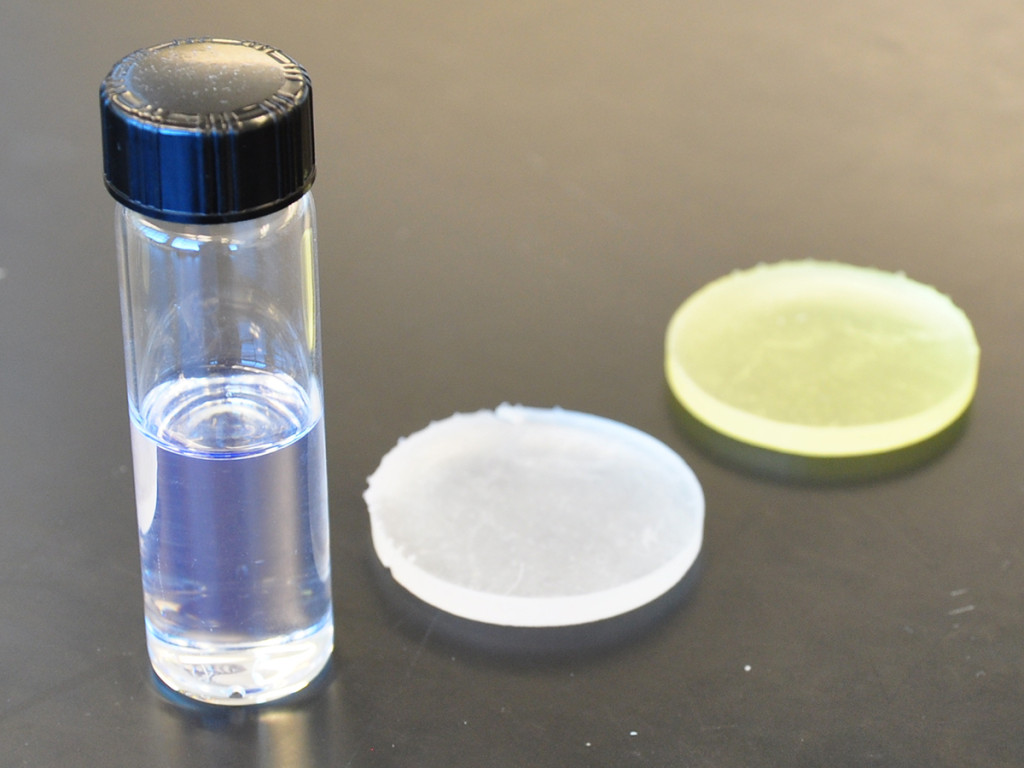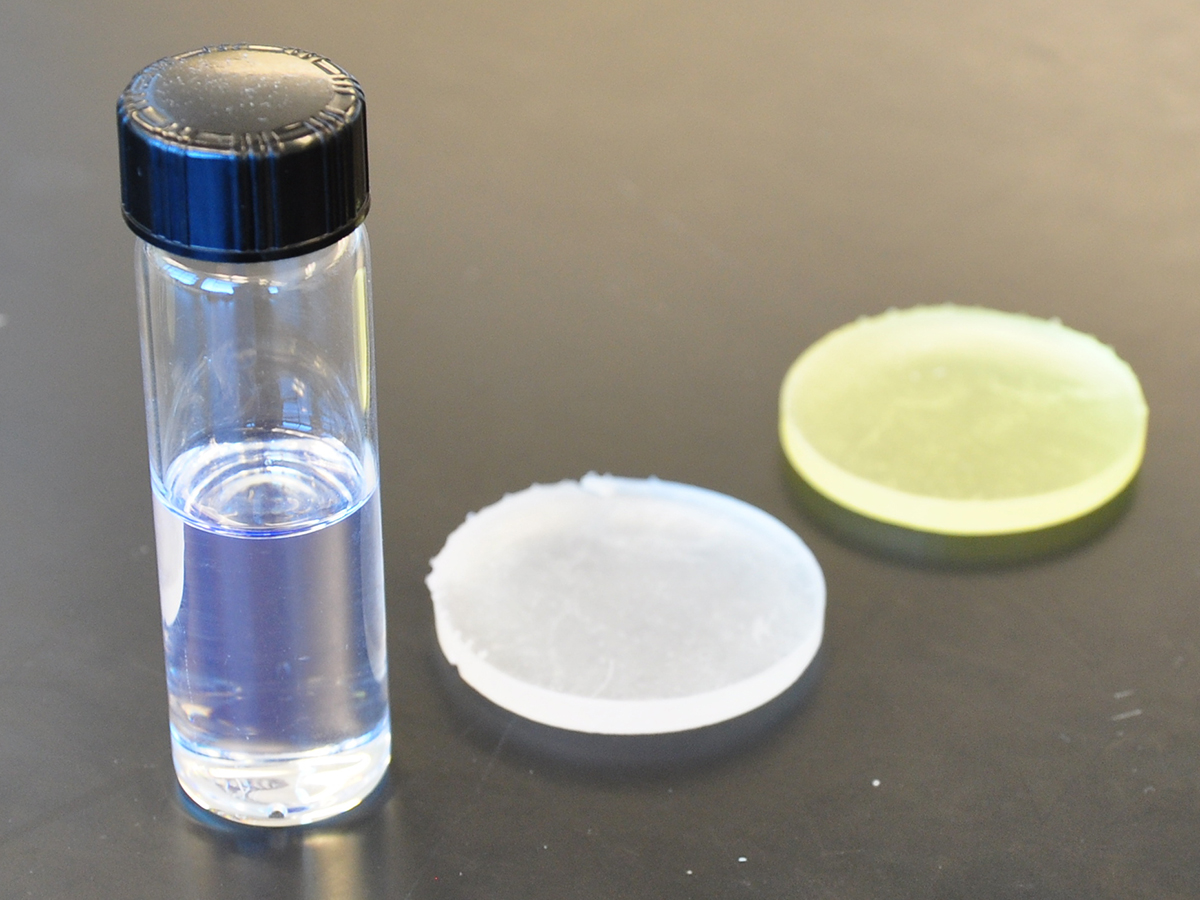
University of California, Riverside graduate student Shirin Oskui recently tested 3-D printing materials for toxicity as part of a National Science Foundation grant. Along with adviser William Grover — biological engineer and assistant professor at UCR — Oskui and accompanying students are the first in the world to assess these types of toxic products and their possible effects on wildlife.
Oskui used 3-D printed disks in order to study zebra fish embryos in a lab last year. The research, however, was halted as the fish died due to exposure by the 3-D disks, encouraging Osuki to test the levels of toxicity in 3-D printed products.
The use of 3-D printers has increased in recent years, as has its utility to create multitudes of items, such as utensils, phone cases, sculptures, etc. at affordable prices and have also been used on campus projects. Earlier this year, a grant was awarded to a UCR engineering group that 3-D printed a storm drain that was more efficient in filtering waste. With this new study, however, certain parts of the filter may need to be disposed of differently in the future.
Currently, the two most popular 3-D printers being sold are those that the team has set out to test. The first being a Dimension Elite printer made by Stratasys, which uses melted plastic to print parts. The second is the Form 1+ stereolithography printer made by Formlabs. Stereolithography involves the use of a computer-controlled laser beam that builds up the printed object in layers. The liquid resin used to print is then hardened with ultraviolet light.
The team has found that both of the plastic materials used in the printers are toxic. The hardening resin was found to be significantly worse and was described by Grover as “pretty acutely toxic.” Fish embryos that came into physical contact with this resin died soon after. “We were pretty surprised (by) this and thought other people should know about it,” Grover explained.
This research conducted also helped to discover that acrylate monomer and methacrylate monomer compounds were toxic to the embryos due to the acids they produce. According to their research journal, these compounds caused, “cardiovascular failure, gastrointestinal problems, respiratory issues, and developmental malformations” in the fish embryos. The team studying these materials has found that shining UV light on the resinous material slightly reduces the toxicity, which may aid in future methods of disposal or curing the plastic.
These results may impact the growing popularity of the 3-D printing industry — which, in 2013, was worth $2.5 billion, and is predicted to reach $16.2 billion in three years. The researchers are looking forward to seeing if these will also produce harmful results in humans as well. “Many people, including myself, are excited about 3-D printing,” Grover said. “But, we really need to take a step back and ask how safe are these materials?”
Contributions made by Aaron Grech








